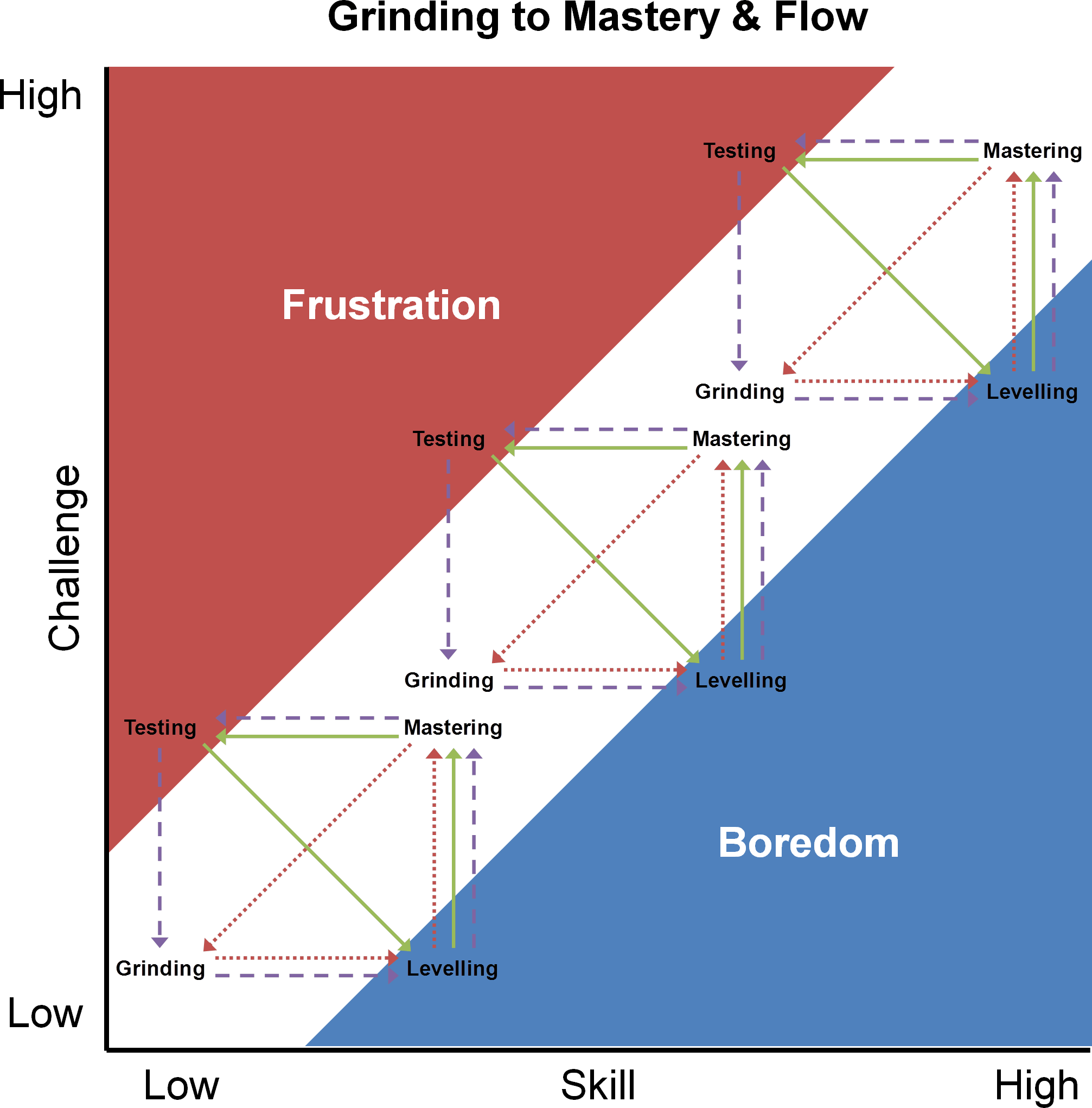When we look at the 5 Ps of gamification, it is very easy to overlook all of the meanings of Progress. Just as a reminder, the 5 Ps are; Purpose, Progress, Proficiency, Pride and People.
Progress can mean different things to different people. If you ask the great and powerful Google, it tells you
- forward or onward movement towards a destination.
“the darkness did not stop my progress”- development towards an improved or more advanced condition.
“we are making progress towards equal rights”
The first definition is what most people think about when they think about progress. Heading towards a defined destination. When people hear progress and gamification in the same sentence, they usually think of this.





